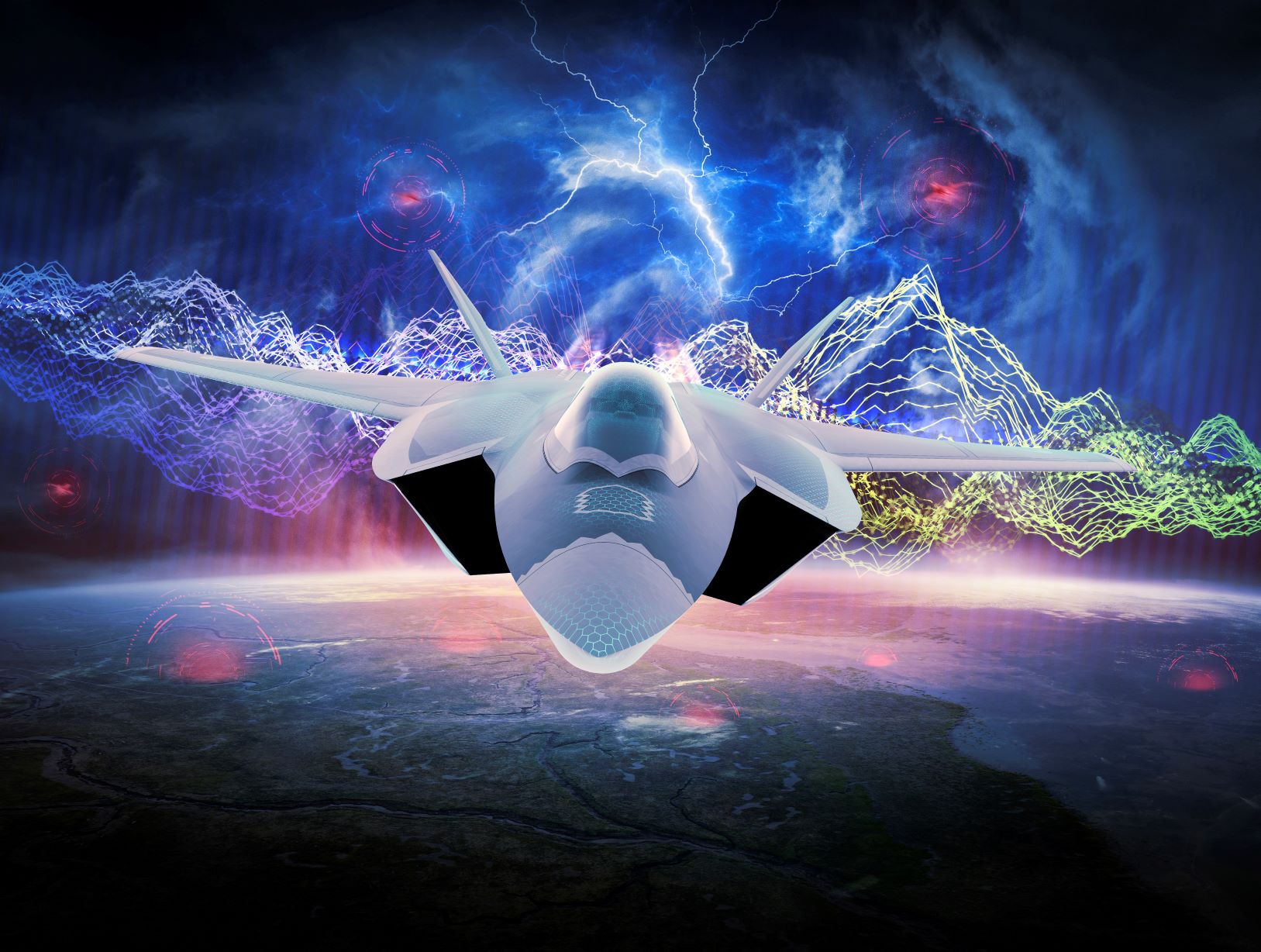Saudi Arabia is seeking to become a partner in the consortium of nations that are funding the next-generation fighter project called GCAP extension - Global Combat Air Program. Last December Italy, the United Kingdom and Japan decided to join the efforts of their defense industries to build the fighter of the future, the sixth generation fighter. The three nations have, in fact, announced the launch of the joint military program Global Combat Air Program (GCAP), in order to develop a sixth generation jet by 2035. An amalgamation of the English program Tempest British-led with the program FX of Japan.
Saudi Arabia's official request was confirmed by five senior officials in London, Tokyo and Rome, writes the FT. The UK and Italy are open to Saudi membership, but Japan strongly opposes it.
The Global Combat Air Program is a significant advance for all three signatories, especially for Japan, which has historically limited defense exports and has never cooperated on a program of this scale. Saudi Arabia's efforts to join the GCAP have significantly stepped up in recent weeks, according to officials in London and Tokyo. Among them, a direct request to the Prime Minister Fumio Kishida, on the occasion of the meeting with the crown prince Mohammed bin Salman in Jeddah last July.
Saudi membership would result in a significant financial contribution to a project whose costs are estimated at tens of billions of dollars, insiders said.
While the talks are still in an early stage, the Saudi proposal could include an offer to also contribute engineering expertise. A senior British defense source said: “We see Saudi Arabia as a key partner in the program and are working to ensure strong progress on this as soon as possible.".
In 2014, Japan lifted its XNUMX-year ban on arms exports. But Japanese officials say adding Saudi Arabia would complicate internal discussions about who gets to sell the weapons to Tokyo.
Another aspect is the engineering support. There are many doubts that Riyadh has anything significant to offer from a technological point of view.
Security concerns, already a source of friction within the existing alliance, are therefore heightened. For Riyadh, interest in the GCAP follows delays in obtaining a second tranche of Eurofighter Typhoon aircraft from the UK. Germany, one of four partners in the Eurofighter consortium, imposed an arms embargo on the Saudi kingdom in 2018. Berlin said last month it had no immediate plans to support the delivery. Germany's stance therefore threatens to block a follow-up order for more Typhoons promised to Saudi Arabia in 2018.
GCAP: the program for a sixth generation futuristic fighter
The ambitious project Italian-English-Japanese, by 2035, it aims to replace the current Eurofighter, F2 and F16.
The aircraft is not a simple fighter but the in-flight synthesis of various multi-domain technologies capable of being able to govern swarms of armed drones from above, or to conduct powerful cybernetic attacks and much, much more.
In Gcap studies and projects elaborated for the Tempest in the United Kingdom and the Japanese ones for the FX will co-flow. The US Air Force also gave a nod to the program, which in its "Next generation air dominance” could open to future collaborations. At the moment the United States has two projects: the “Penetrating Counter-Air”Of the Air Force - a long-range stealth fighter to escort stealth bombers - and the FA-XX of the Navy. So far only Boeing, Lockheed-Martin and Northrop-Grumman have unveiled sixth generation concepts to the world.
Italian participation as first player the Gcap will allow the Italian defense industry to take a further step forward, thus establishing itself in a privileged position among the international industries in the sector.
In England Leonardo for the Tempest program it is present with various companies and the people who will work on the program over the next 25 years will reach 20 thousand units, considering the employees of Mitsubishi Electric, Mitsubishi Heavy Industries e Hey in Japan, Leonardo, Avio Aero, Electronics ed MBDA Italy.
The Tempest is a British program, financed with Defense funds for the development of new technologies entrusted to a team of companies in which it plays an important role Leonardo, which has 7 factories in the UK. Those in Edinburgh and Luton will be most involved in the Tempest programme. Bae Systems will take care of the development of the airframe and the aircraft as such, Rolls Royce of the engine and MBDA of onboard armaments (missiles but also lasers) and Leonardo will have an exclusive role in the sector of onboard electronic systems.
In Italy, in the multi-year planning document (Dpp) for Defense for the three-year period 2022-2026, the resources allocated for the Tempest go from 2 billion euros to 3,795 billion, with 220 million in 2022 and 345 for the next.
Italy has doubled the resources from two billion euros, distributed over fifteen years, with 20 million in 2021, as many in 2022 and 2023, 90 million in the two-year period 2024-26 and the remainder between 2027 and 2035.
Italy has been following the Tempest program for years, in stark contrast to the French-German-Spanish one called FCAS.
Subscribe to our newsletter!
